New Year's is a major holiday in Japan, and eating soba (buckwheat noodles) is a well-established tradition that’s said to bring good luck in the coming year. This article will introduce the history and details of this custom, as well as some restaurants where you can try this lucky dish for yourself.
What Is New Year's Soba?
In Japan, New Year's Eve is typically celebrated at home with family. Many Japanese people like to watch annual New Year's TV programs, such as the NHK Red and White Year-end Song Festival (Kohaku Uta Gassen), or pay a late-night visit to a shrine or temple to ring in the new year.
On these cold holiday nights, it’s tradition all over Japan to eat soba noodles called "toshikoshi soba" (new year soba). Soba is a type of noodle made with buckwheat, which lends a light brown color and delicious texture. For New Year's, these noodles can be served warm or cold, in a broth or with dipping sauces, in whatever style you prefer.
Toshikoshi soba is believed to have developed as a New Year’s tradition during the mid-Edo period (1603 - 1868) as an evolution from a previous tradition of eating soba on the last day of the month. Today,
surveys have shown that almost 70% percent of people in Japan eat soba on New Year's Eve, which gives a sense of how widespread the custom is.
Why Is New Year's Soba Considered Lucky?
There are many reasons why people eat soba for New Year's Day. Many Japanese people have fond holiday memories of the dish, and it’s a hearty and simple meal to make during a time when the household may be busy preparing other holiday meals such as osechi, which we'll discuss below.
However, another reason that soba became such a popular tradition is that soba is also considered a lucky symbol. The idea of auspicious foods is fairly ingrained in Japanese culture, and noodles are often considered to be a symbol of longevity thanks to their long shape. The buckwheat plant itself is hardy, which symbolizes resilience, and soba noodles break off easily when bitten, which symbolizes a clean break with any hardships of the year before.
![A Guide to Japanese New Year's Soba]()
There may be another, more practical reason why soba became associated with longevity in the Edo period. During this time, the rice-based diet enjoyed by the wealthier classes left them susceptible to beriberi, a condition we understand today to be caused by vitamin B1 deficiency. It was discovered that those who ate vitamin B1-rich soba were spared from the disease, which likely contributed to its image of luck during this time.
Lucky New Year's Soba Toppings
If you really want to max out your good luck for the new year, consider adding some lucky soba toppings! There are many delicious toppings with auspicious meanings in Japanese culture.
A classic topping that goes great with hot and chilled soba is green onion. The Japanese word, negi, is a play on words for the verb "negu", which means "to pray for protection". Abura-age, or fried tofu sheets, are delicious in a warm bowl of soba noodles, and are considered a favorite of the fox god Inari, who provides blessings for trade and harvest.
Seafood is also a rich area for symbolism. The shape of shrimp, for example, evokes the image of the long beard and bent waist of someone fortunate enough to reach old age. Red and white fish cakes, called "kamaboko", is a way to add lucky red and white colors into your New Year’s soba dish.
Variants and Other Lucky Foods
Hikkoshi soba, or “moving soba”, is another Japanese tradition with similar symbolism around fresh starts. The word “soba” sounds the same as the word for “next to” in Japanese, and just as the long shape of soba noodles can represent long life, sharing soba with your new neighbors symbolizes the hope that you'll enjoy a long relationship.
While eating soba on New Year's is popular all over Japan, it’s not uncommon to eat thicker udon noodles in some parts of the country, particularly in areas like Kagawa Prefecture that are known for making udon.
![A Guide to Japanese New Year's Soba]()
Osechi is the name for traditional New Year's foods typically served in decorative boxes called "jubako". This is another Japanese New Year's custom that’s packed full of symbolic meaning. The practice of osechi far outdates soba as a New Year's food, having first originated in the Heian era (794 - 1185). However, some similar ingredients, including shrimp and red and white kamaboko, are commonly included in osechi meals. Other lucky foods include black soy beans and kombu seaweed, which symbolize health and joy respectively.
Regional Soba Recipes
While soba served in broth or with a dipping sauce is common all over Japan, there are some special local variants that are definitely worth trying if you can!
Nishin soba is a local food of both Hokkaido and Kyoto. This hot soba dish is topped with herring that has been slow-cooked in a sweet soy sauce and vinegar sauce. The sweetness of the fish and the deep umami (Japanese savory taste) flavors of the broth make for a hearty combination that’s ideal for a chilly New Year's Eve.
Wanko soba, or "small bowl" soba, is an Iwate Prefecture favorite with a unique serving style. This type of warm soba is served in bowls in smaller portions that are continually refilled by wait staff until the customer has eaten their fill.
![A Guide to Japanese New Year's Soba]()
There's also Okinawa soba, which refers to a local type of noodle made with wheat rather than buckwheat. Okinawa soba noodles are similar in thickness to udon noodles, and are commonly served in a pork-based broth similar to ramen noodles throughout Japan. Common Okinawa soba dishes include soki soba, which is topped with pork ribs that have been stewed in local awamori (Okinawan alcohol), soy sauce, and sugar, and tebichi soba, which is served with stewed pork trotter.
Soba Restaurants in Tokyo
While many Japanese people cook New Year's Soba at home, there's no shortage of places to enjoy delicious soba throughout Japan. Here are our picks for soba restaurants in Tokyo!
Fumotoya Keio Plaza Hotel
Located in the Keio Plaza Hotel, Fumotoya is an elegant Japanese restaurant that serves soba made from buckwheat grown in Togakushi, Nagano. Their menu contains a full range of soba dishes, including hot and cold options in a variety of styles. Particularly recommended is the [Touji Soba] (2,373 JPY), with thicker, rustic-style soba noodles and a hot pot made with chicken and local mushrooms. To eat this style of soba, you use a small strainer to cook the noodles directly in the hot pot. Let them soak up the flavors of Fumotoya’s special broth and then enjoy!
Fumotoya Keio Plaza Hotel
Open: [Weekdays] Lunch 11:30 am - 3:00 pm
[Saturday, Sunday, National Holidays] Lunch 11:30 am - 4:00 pm
[Weekdays] Dinner 5:00 pm - 11:00 pm (L.O. 10:00 pm)
[Saturday] Dinner 4:00 pm - 11:00 pm (L.O. 10:00 pm)
[Sunday, National Holidays] Dinner 4:00 pm - 10:00 pm (L.O. 9:00 pm)
Closed: None
Average price: [Dinner] 5,000 JPY / [Lunch] 1,200 JPY
Address: Keio Plaza Hotel, 2-2-1, Nishi Shinjuku, Shinjuku-ku, Tokyo
MapMore Details Reservation Edo Soba Teuchidokoro Asada
First founded in 1854, Eda Soba Teuchidokoro Asada is a soba restaurant with a passion for fresh ingredients. The chef, Yasunori Kasuya, is the eighth generation to run the family restaurant. Take the chance to try their specialty anago (conger eel) dishes by ordering the [Anago Steamer] (1,360 JPY). You'll find that the crisp tempura coating and the fluffy flesh inside this expertly-prepared tempura matches perfectly with the flavor and texture of soba noodles.
Edo Soba Teuchidokoro Asada
Open: [Weekdays] Lunch 11:30 am - 2:30 pm, Dinner 5:30 pm - 10:00 pm (L.O. 9:00 pm)
[Saturday] Lunch 11:30 am - 2:30 pm, Dinner 5:30 pm - 9:00 pm (L.O. 8:00 pm)
Closed: Sunday
Average price: [Dinner] 6,000 JPY / [Lunch] 1,300 JPY
Address: 2-29-11, Asakusabashi, Taito-ku, Tokyo
MapMore Details Reservation Soba and meal Tsuzurao main branch
Tsuzurao main branch is a soba and udon restaurant specializing in set meals and located conveniently near Shinjuku Station. Stop in for lunch and enjoy a great view of Shinjuku Station and the Tokyo Tower with your meal. The popular [Tenju gozen] (1,630 JPY) includes soba and a tempura rice bowl made with seasonal ingredients. The dipping sauce is made with a generous portion of katsuobushi (dried and cured bonito flakes) from Kagoshima Prefecture. You can also enjoy an ever-changing lineup of local and seasonal sake (Japanese alcohol) here.
Soba and meal Tsuzurao main branch
Open: 11:00 am - 10:00 pm (L.O. 9:15 pm)
Closed: Irregular
Average price: [Dinner] 3,500 JPY / [Lunch] 1,500 JPY
Address: 12F, Odakyu Department Store Main Bldg., 1-1-3, Nishi Shinjuku, Shinjuku-ku, Tokyo
MapMore Details Reservation Kanda Matsuya
Kanda Matsuya is a specialty soba restaurant located in the Kanda area of Tokyo that has been open since 1884. Their handmade soba is made with buckwheat sourced from various areas across Japan, depending on the time of year. Try the noodles with the [Yuba Wasabi] (650 JPY). Sourced fresh from Nikko, an area famous for its local yuba (tofu skin), these thick sheets are served with freshly-grated wasabi and make a delicious accompaniment to Kanda Matsuya's high-quality soba.
Kanda Matsuya
Open: [Weekdays] 11:00 am - 8:00 pm
[Saturday, National Holidays] 11:00 am - 7:00 pm
Closed: Sunday
Average price: [Dinner] 2,000 JPY / [Lunch] 1,000 JPY
Address: 1-13, Kanda, Suda-cho, Chiyoda-ku, Tokyo
MapMore Details Tsukiji Sarashina no Sato
Since 1899, Tsukiji Sarashina no Sato has preserved traditional methods of making soba by hand from stone-ground Japanese buckwheat. A recommended set from the menu is the [Kuruma-Ebi Ten-Mori] (1,900 JPY), which features the handmade soba they are known for as well as kuruma prawn sourced fresh from Okinawa and Kyushu markets. With a history that has spanned four generations, Tsukiji Sarashina no Sato is an unmissable stop for anyone looking to try authentic soba.
Tsukiji Sarashina no Sato
Open: [Weekdays] 11:00 am - 9:45 pm
[Saturday] 11:00 am - 3:00 pm
Closed: Sunday, National Holidays
Average price: [Dinner] 6,000 JPY / [Lunch] 1,200 JPY
Address: 3-3-9, Tsukiji, Chuo-ku, Tokyo
MapMore Details Reservation Soba Restaurants in Kyoto
There are plenty of excellent cafes and restaurants to enjoy soba in Kyoto, too. Here are our picks for the best spots in Japan's old capital.
Souan
Souan serves delicious soba noodles in a convenient location only a short walk from JR Kyoto Station. The noodles served here are made by hand from buckwheat freshly-milled using the restaurant's stone mill. An ideal way to enjoy these fresh noodles is the [Tori Seiro Soba]. This is a crowd-pleasing, umami-packed dish that comes with a special broth made with a touch of chili oil and chicken fat. If you arrive at Kyoto Station in need of a meal, stop in at Souan for fresh local soba!
Souan
Open: 11:00 am - 11:00 pm
Address: 721-1, Higashi Shiokoji-cho, Karasuma-dori Shichijo-sagaru, Shimogyo-ku, Kyoto-shi, Kyoto
MapMore Details Reservation Gontaro Okazaki branch
Tucked away in a classic Kyoto residence, the Okazaki branch of Gontaro is just a short walk from Heian Jingu Shrine and the Kyoto City Kyocera Museum of Art. Soba fans should make a point to try their [Tenzaru Gozen] (1,950 JPY), a set meal which is made with sarashina-style soba. The set also comes with flavorful mixed rice, sesame tofu, and prawn tempura.
Gontaro Okazaki branch
Open: 11:00 am - 9:30 pm (L.O. 9:00 pm)
Closed: Wednesday
Average price: [Dinner] 2,500 JPY / [Lunch] 1,500 JPY
Address: 19, Okazaki, Minami Gosho-cho, Sakyo-ku, Kyoto-shi, Kyoto
Healthy, traditional soba noodles are a must-try dish during any trip to Japan. Whether you're visiting during the New Year period or not, please take the chance to enjoy fresh soba noodles at one of these excellent restaurants!
Disclaimer: All information is accurate at time of publication.

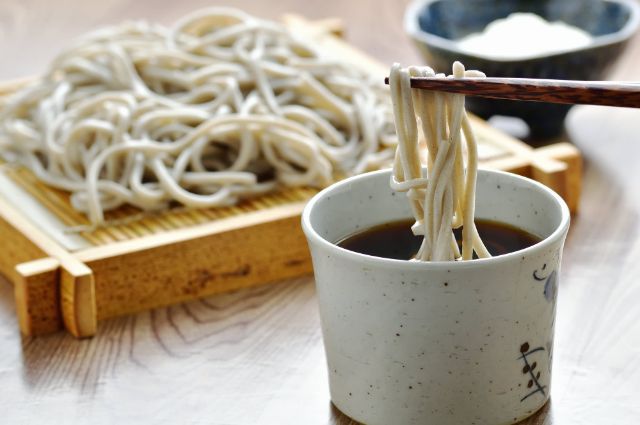
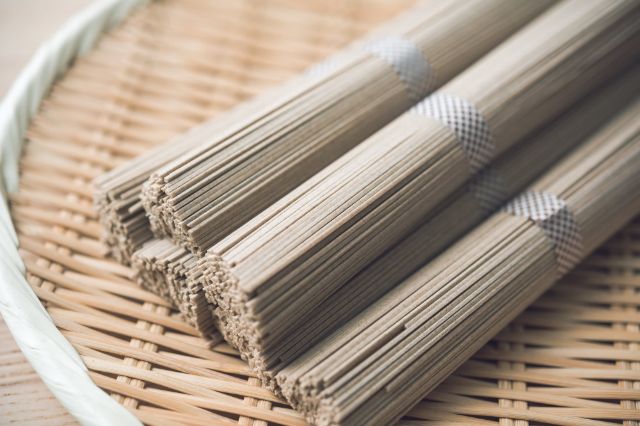
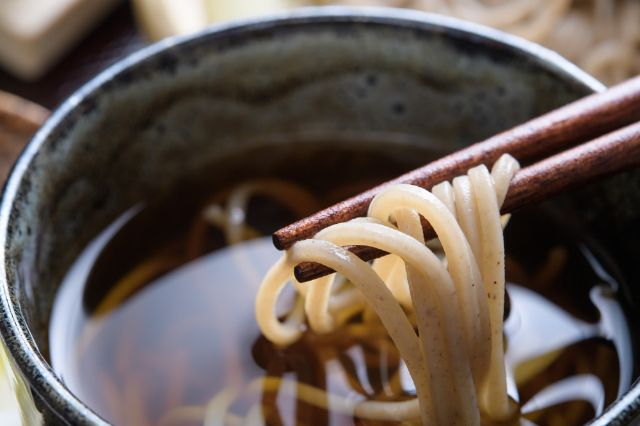
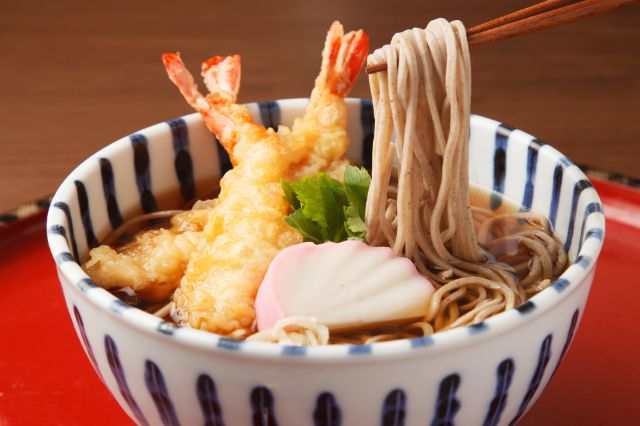
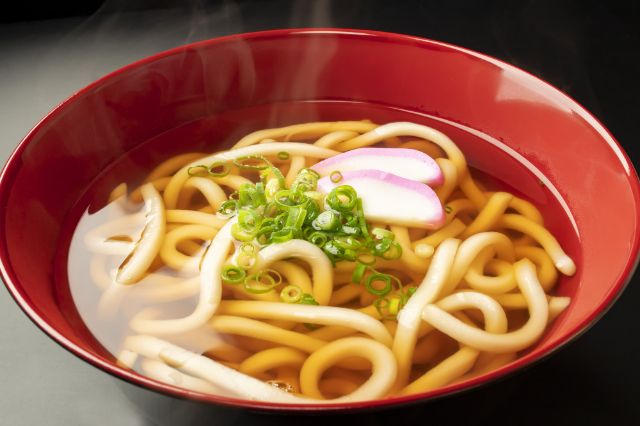
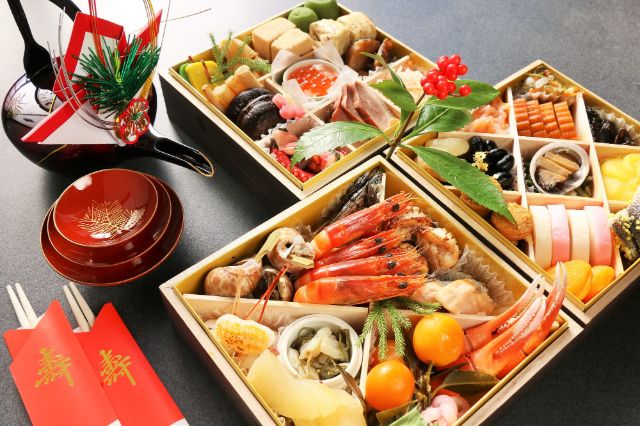
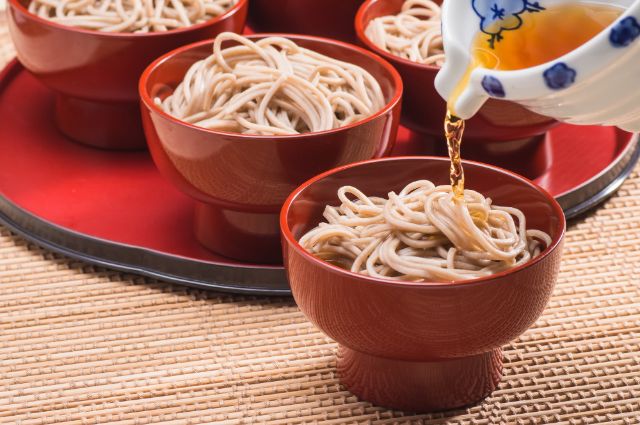
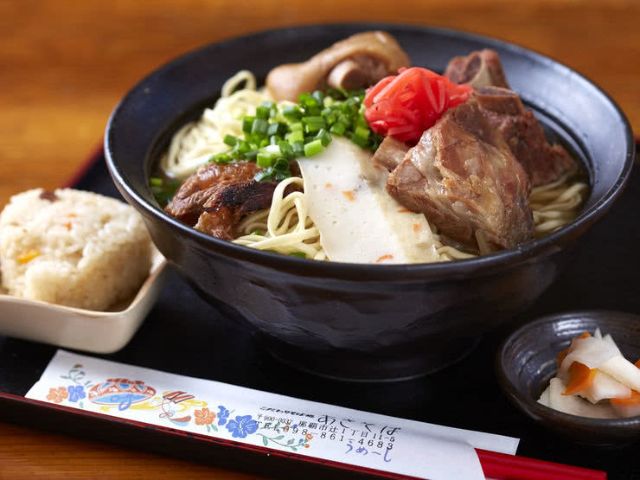
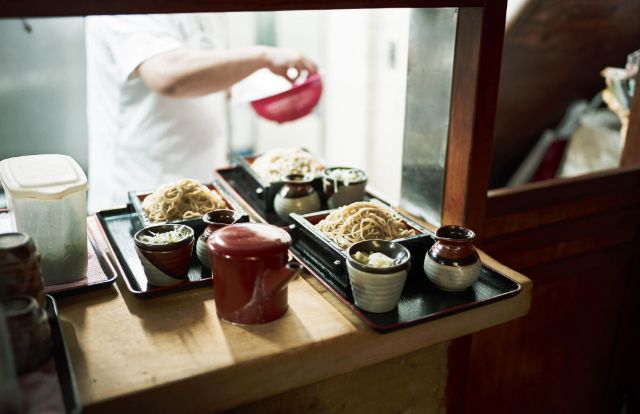
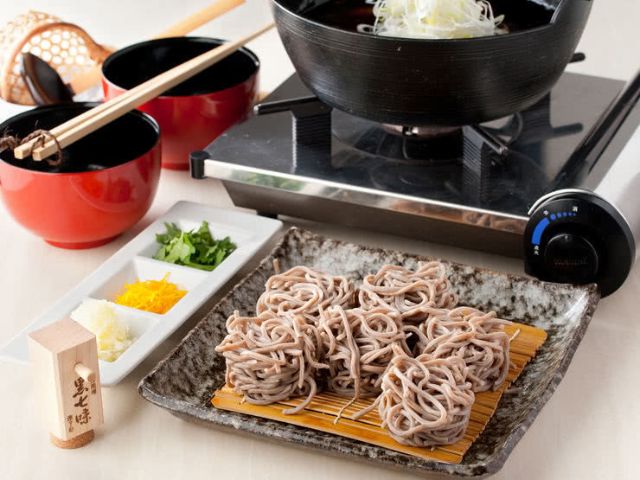
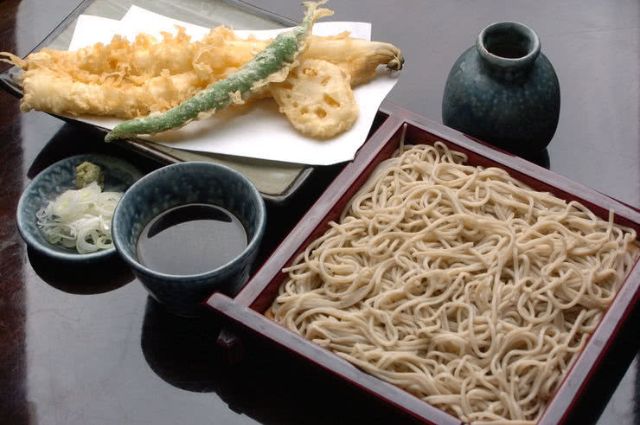
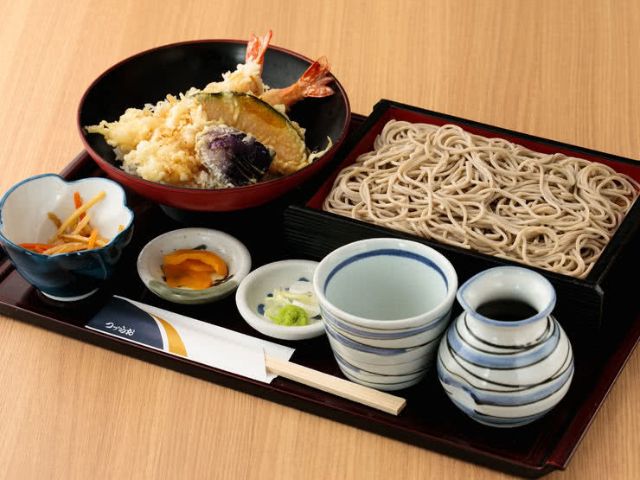
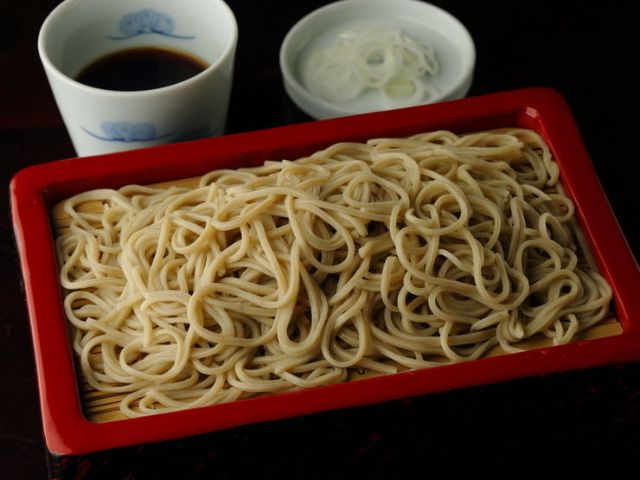
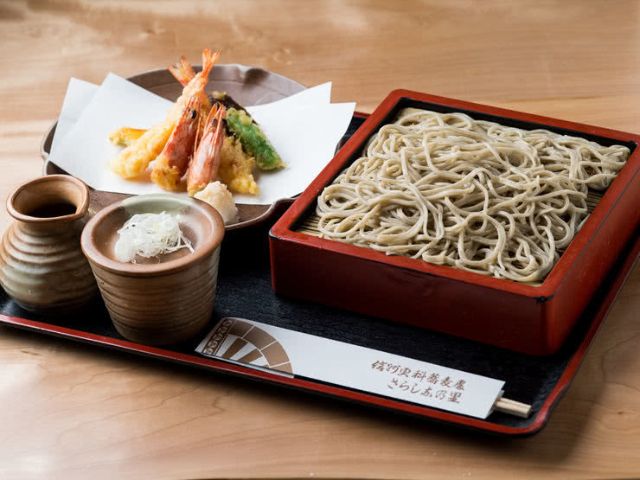
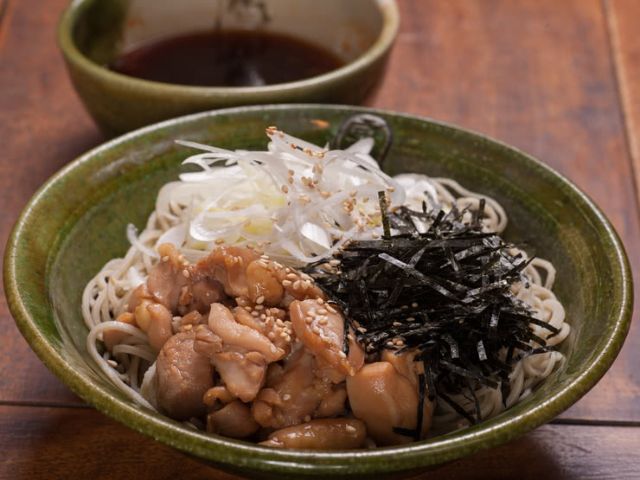
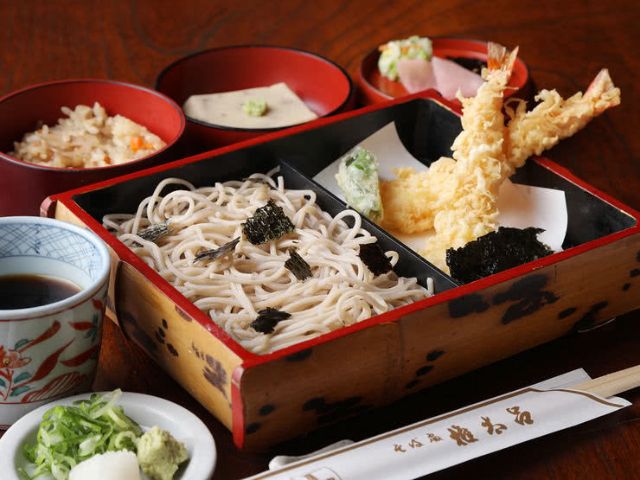









![Azabudai Hills [SUMI] (Janu Tokyo) ~ Editor's Afterword by the Editor-in-Chief of Japan's Gourmet Site](/gg/content_image//image/discover_oishii_japan/6536/article_head_150x105z.jpg)









